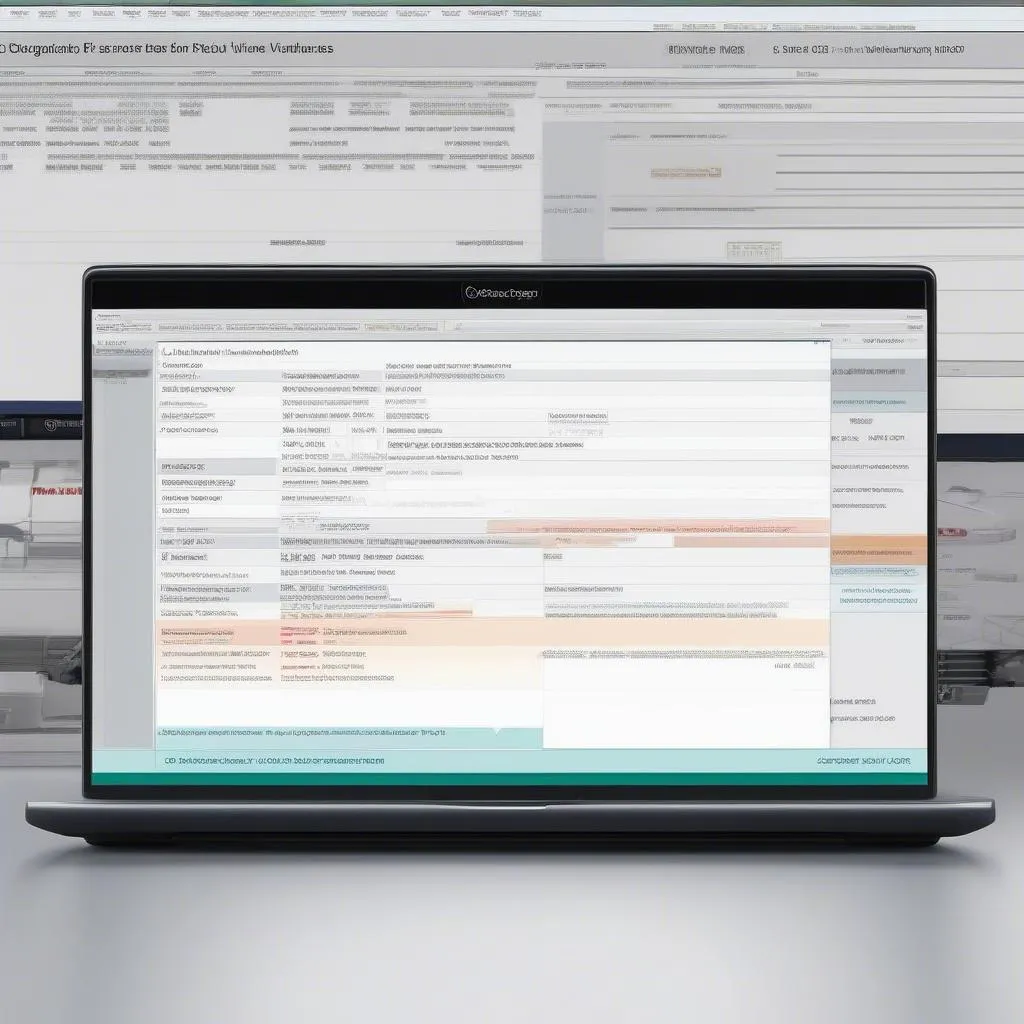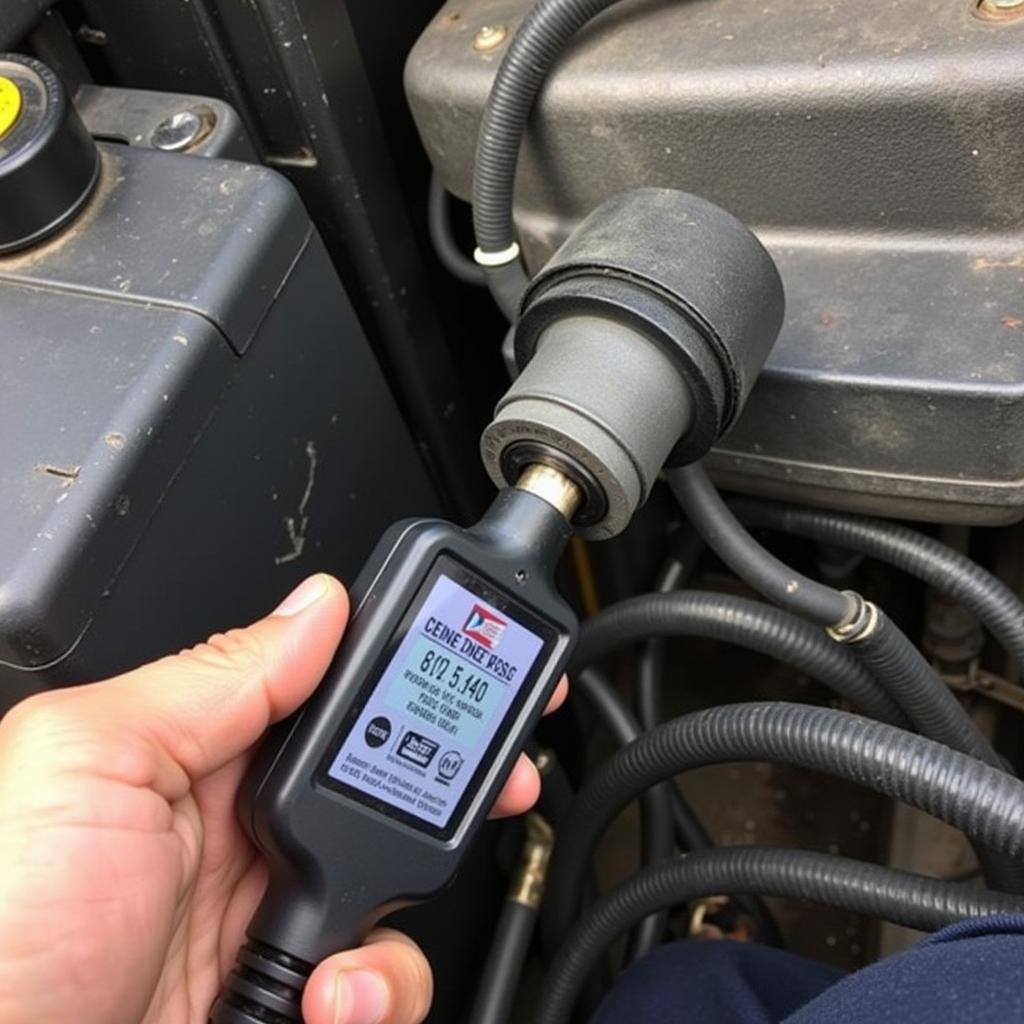Is your Mercedes W140 turning into a disco on wheels with frantic turn signal blinking? You’re likely experiencing the dreaded “hyper flash” issue. But fret not, fellow W140 enthusiast, this comprehensive guide will illuminate the path to a permanent fix.
What Causes Hyper Flash in a Mercedes W140?
Hyper flash is a common problem in older vehicles like the Mercedes W140. The usual culprit is the car’s electrical system assuming a bulb is out when it’s not. This happens because:
- Traditional incandescent bulbs: The W140 was designed for these bulbs, and their higher resistance is what the car’s electrical system expects.
- Modern LED or halogen bulbs: These energy-efficient bulbs have lower resistance. When installed, the car’s system senses the lower resistance and interprets it as a blown bulb, hence the rapid flashing.
“The difference in resistance between traditional and modern bulbs is the root cause of hyper flashing,” says automotive electrical expert, David Miller, author of “Automotive Electrical Systems Explained.” “The car’s system needs to be ‘told’ that the lower resistance is okay.”
Identifying Hyper Flash
Hyper flash is hard to miss. Here’s how to know for sure:
- Fast blinking: Your turn signals blink much faster than usual.
- Dashboard warning light: The bulb failure indicator on your dashboard may illuminate, even though all bulbs appear to be working.
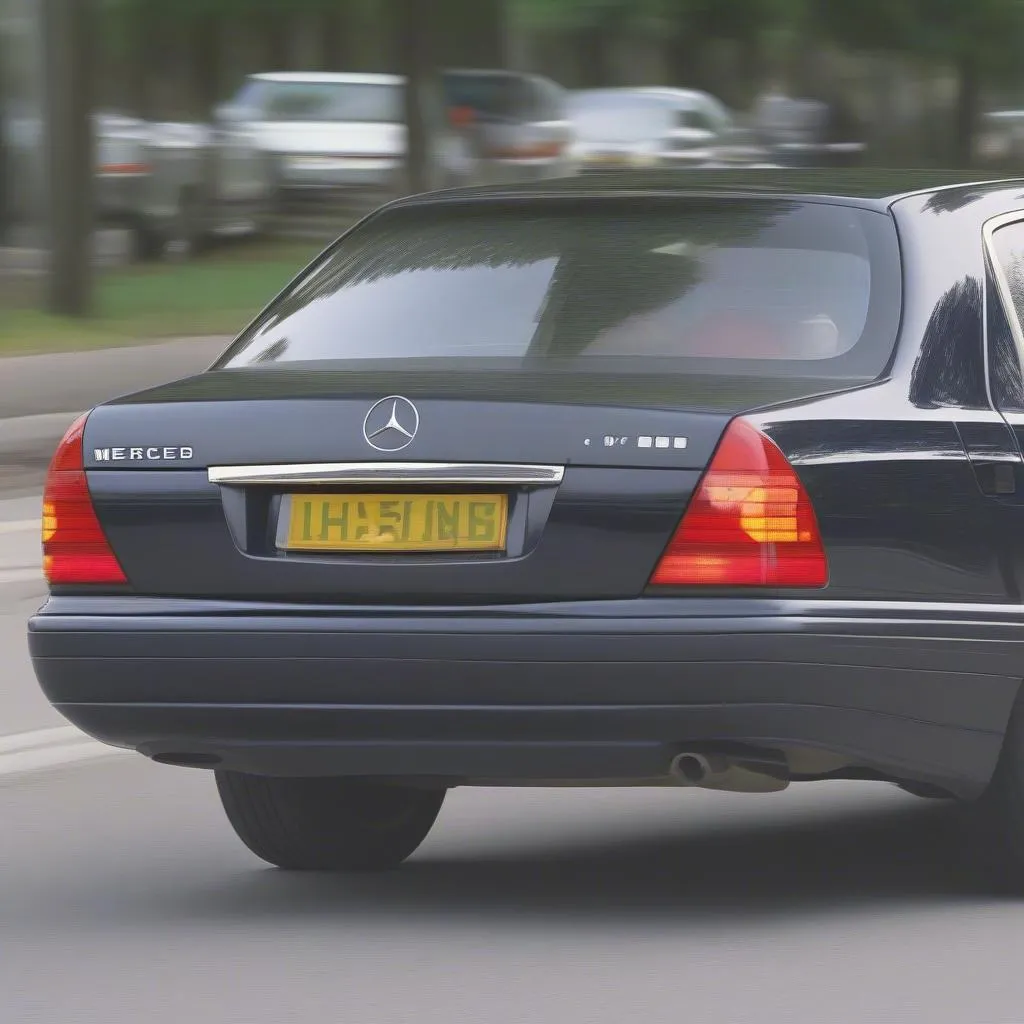 Mercedes W140 Hyper Flash
Mercedes W140 Hyper Flash
What You’ll Need for the Fix
To rectify the hyper flash issue in your W140, you’ll need:
- Load resistors: These little devices trick your car’s electrical system by mimicking the higher resistance of traditional bulbs.
- Basic tools: Wire strippers, electrical tape, and connectors (if your chosen load resistors don’t come with them pre-attached).
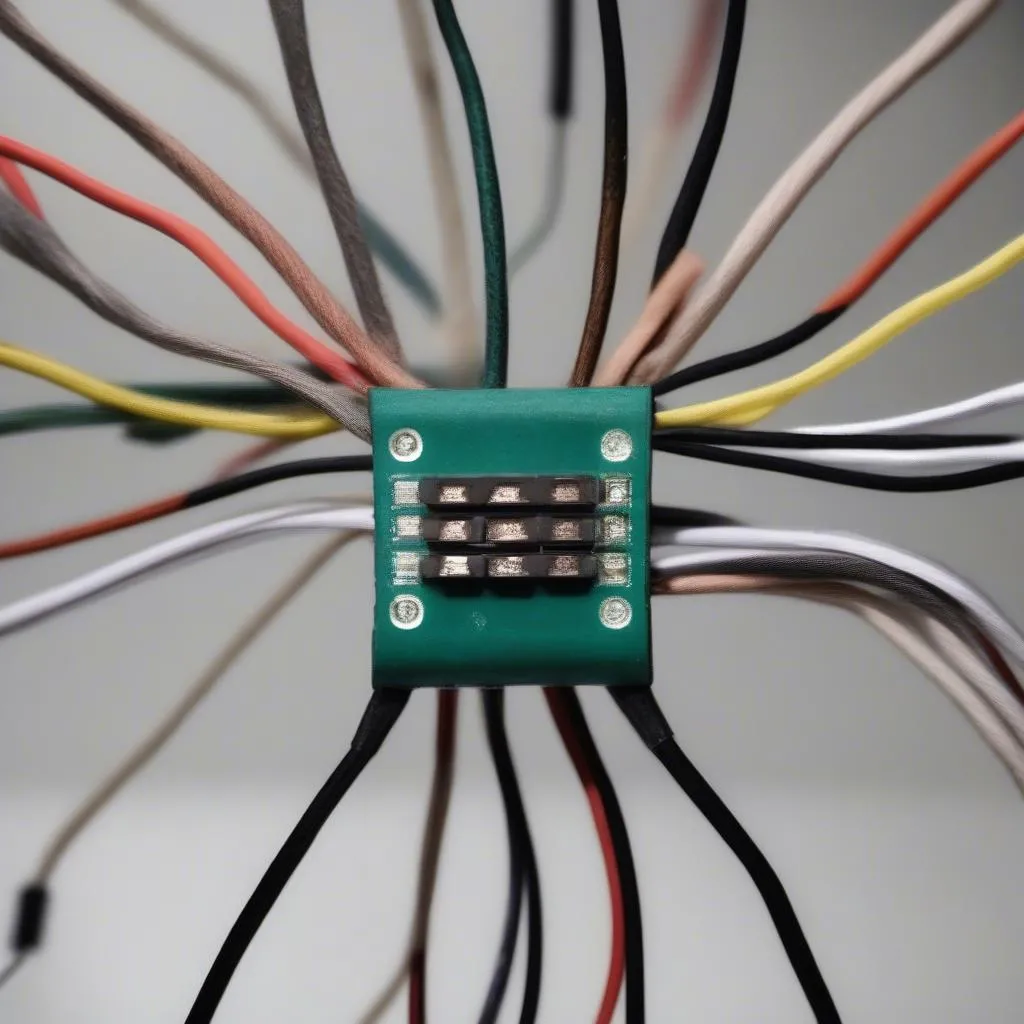 Load Resistor for Car
Load Resistor for Car
Fixing the Hyper Flash: A Step-by-Step Guide
Here’s a straightforward guide to install load resistors:
- Locate the turn signal bulb socket: Open the hood and identify the turn signal bulb socket for the side experiencing the hyper flash.
- Disconnect the bulb socket: Gently twist and pull the bulb socket to disconnect it.
- Connect the load resistor: Most load resistors come with wires attached. Connect the resistor’s wires to the bulb socket’s terminals – usually, one wire to the ground (black) and the other to the positive (color may vary).
- Secure the connection: Use electrical tape to secure the connection and prevent any shorts.
- Test the fix: Turn on your hazard lights and then your turn signals. The blinking should be back to its normal pace.
- Repeat for the other side: If necessary, repeat the process for the other turn signal experiencing hyper flash.
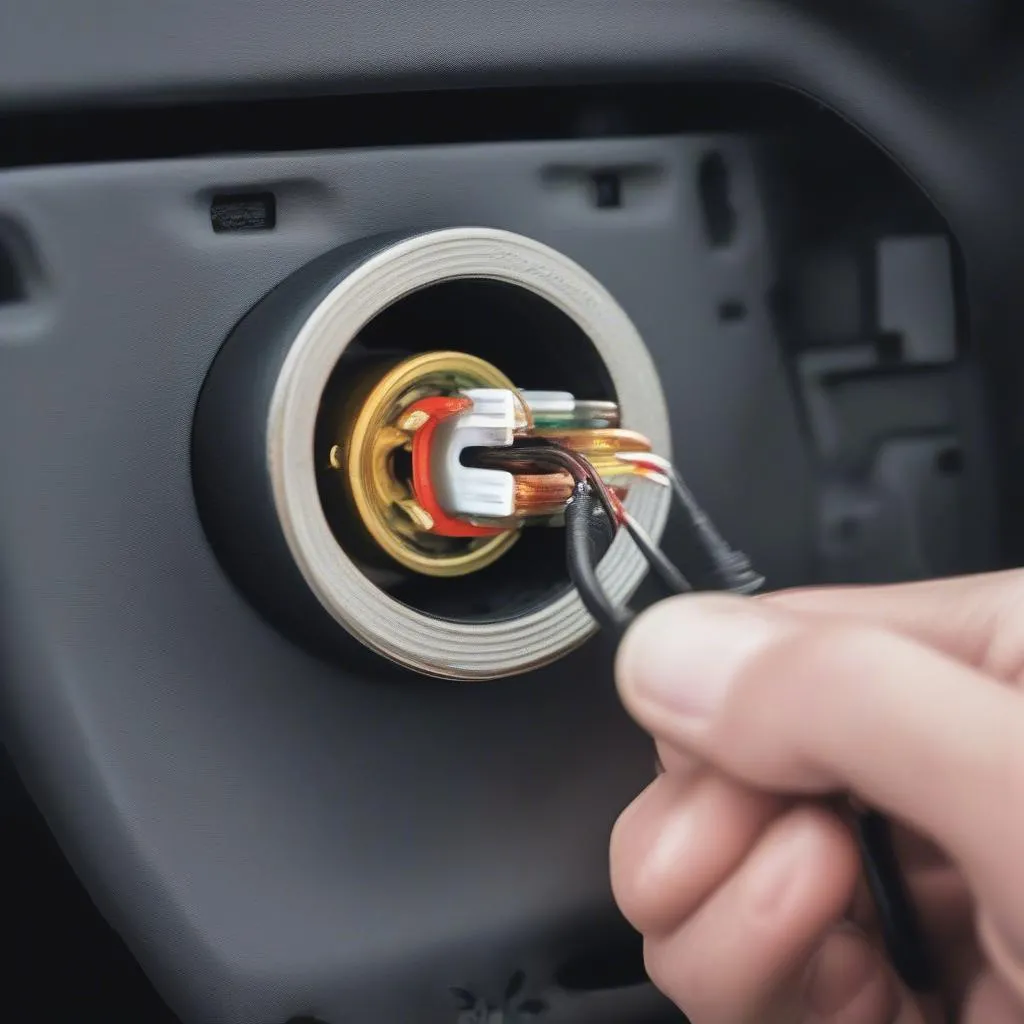 Installing Load Resistor Turn Signal
Installing Load Resistor Turn Signal
Pro Tip: Ensure you choose load resistors that match your car’s electrical system. Consult your owner’s manual or a trusted mechanic if unsure.
FAQs: Mercedes W140 Hyper Flash
Q: Can I use LED bulbs without load resistors?
A: While some LED bulbs are designed to be “CANbus compatible” and may not require resistors, it’s not guaranteed. Installing load resistors is the most reliable way to prevent hyper flash.
Q: Can a faulty flasher relay cause hyper flash?
A: While possible, it’s less likely. A faulty flasher relay usually results in no flashing at all, or a very slow flash.
Q: Can I diagnose the hyper flash issue using an OBD2 scanner?
A: An OBD2 scanner like the ones offered by Cardiagtech can help diagnose electrical issues, but it might not pinpoint the hyper flash directly. However, it’s a valuable tool for checking for other potential electrical faults in your W140.
Conclusion
Fixing the hyper flash in your Mercedes W140 is a relatively simple task that can save you from potential headaches and keep your classic Mercedes signaling safely and stylishly. Remember to choose the right load resistors and follow the installation instructions carefully.
If you’re uncomfortable working with electrical components, don’t hesitate to seek assistance from a qualified mechanic.
Looking for other ways to improve your Mercedes W140’s diagnostics and maintenance? Explore the range of advanced OBD2 scanners at CARDIAGTECH.com.

